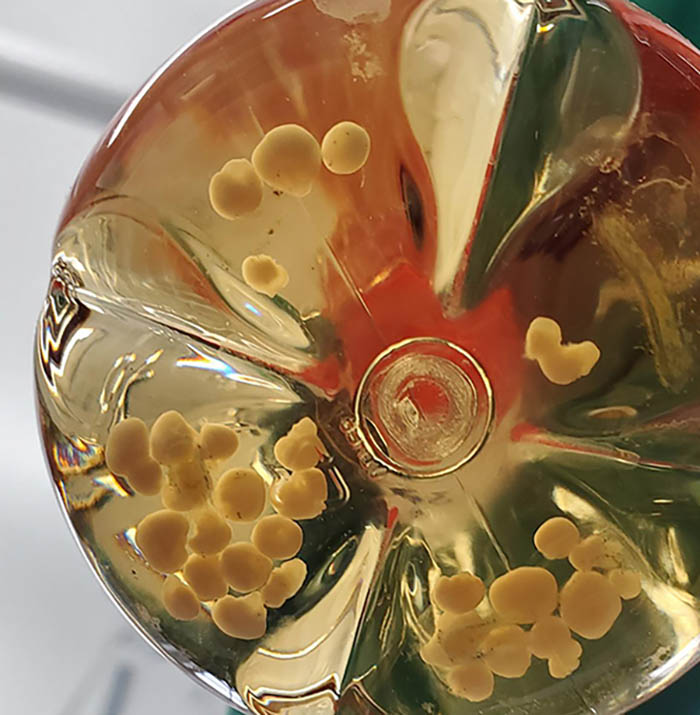IRP study shows chronic wasting disease unlikely to move from animals to people
Study of cerebral organoids reinforces evidence for substantial species barrier
A new study of prion diseases, using a human cerebral organoid model, suggests there is a substantial species barrier preventing transmission of chronic wasting disease (CWD) from cervids — deer, elk and moose — to people. The findings, from National Institutes of Health scientists and published in Emerging Infectious Diseases, are consistent with decades of similar research in animal models at the NIH’s National Institute of Allergy and Infectious Diseases (NIAID).
Prion diseases are degenerative diseases found in some mammals. These diseases primarily involve deterioration of the brain but also can affect the eyes and other organs. Disease and death occur when abnormal proteins fold, clump together, recruit other prion proteins to do the same, and eventually destroy the central nervous system. Currently, there are no preventive or therapeutic treatments for prion diseases.
CWD is a type of prion disease found in cervids, which are popular game animals. While CWD has never been found in people, a question about its transmission potential has lingered for decades: Can people who eat meat from CWD-infected cervids develop prion disease? The question is important because during the mid-1980s and mid-1990s a different prion disease – bovine spongiform encephalopathy (BSE), or mad cow disease – emerged in cattle in the United Kingdom (U.K.) and cases also were detected in cattle in other countries, including the United States. Over the next decade, 178 people in the U.K. who were thought to have eaten BSE-infected beef developed a new form of a human prion disease, variant Creutzfeldt-Jakob Disease, and died. Researchers later determined that the disease had spread among cattle through feed tainted with infectious prion protein. The disease transmission path from feed to cattle to people terrified U.K. residents and put the world on alert for other prion diseases transmitted from animals to people, including CWD. CWD is the most transmissible of the prion disease family, showing highly efficient transmission between cervids.

A researcher holds a flask containing human cerebral organoids similar to those used in the CWD study.
This page was last updated on Friday, May 17, 2024